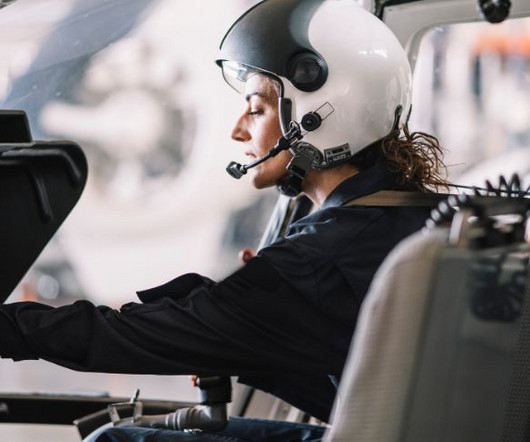Class B Airspace Explained
Pilot Institute
APRIL 24, 2024
Class B airspace features multiple tiers with shelves progressively spreading outwards up to 30 nm. Pilots must meet equipment and certification requirements and have ATC clearance to enter. VFR flyways, corridors, and transition routes help VFR traffic transit the crowded airspace. What is Class B Airspace?











Let's personalize your content